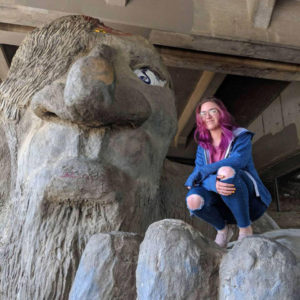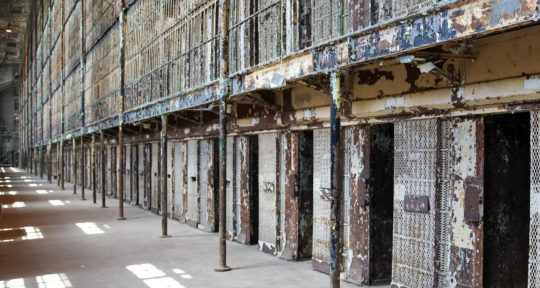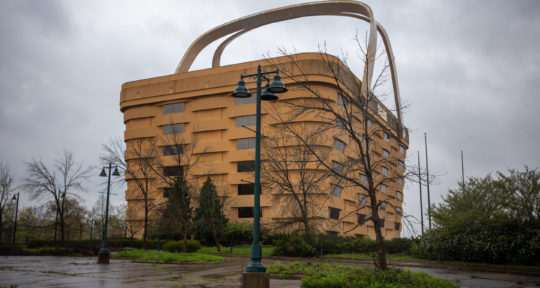If you haven’t visited Niagara Falls yet, your mental image is probably set during summer: The thundering falls showering the Maid of the Mist, poncho-clad tourists poking around the Cave of the Winds, you get the idea. But, come winter, Niagara Falls turns into something truly stunning. As the falls ice over, it turns into a full-on winter wonderland. Frozen Niagara Falls might actually be prettier than regular Niagara Falls.
It’s hard to imagine that a waterfall that dumps 150,000 gallons of water per second over its edge can freeze over, but it does. To note, it rarely freezes up entirely—according to Snopes, that’s only happened once, in March of 1848, when the river above the falls froze. But, the mist around the falls does freeze, and ice floes that fall off pile up at the base. During the polar vortex of 2015, Red Bull got extreme athlete Will Gadd a permit to climb a fully frozen section of the falls. He was the first person to climb the frozen Niagara Falls.
Oftentimes, an “ice bridge” will form below the falls, connecting the U.S. to Canada. During the late 19th and early 20th centuries, it was common for people to walk out onto the ice. In February of 1883, one man even built a shanty on the ice right in between the two countries, where no laws applied, and sold liquor to tourists.
Of course, walking on the ice below the falls is dangerous (the river flowing below the ice bridge never fully freezes) and it’s no longer allowed. In 1912, a block of ice fell onto the bridge, smashing it and sending people walking on it scrambling. Most people made it to one side or another, but two were swept to their deaths.
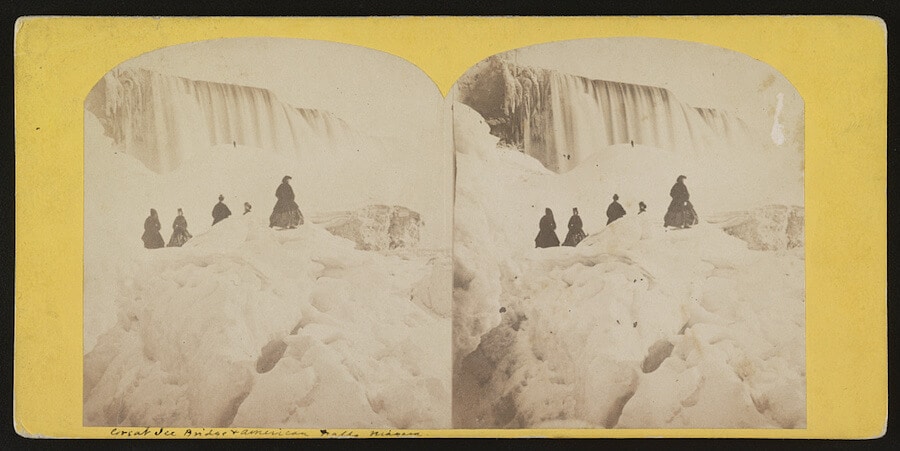
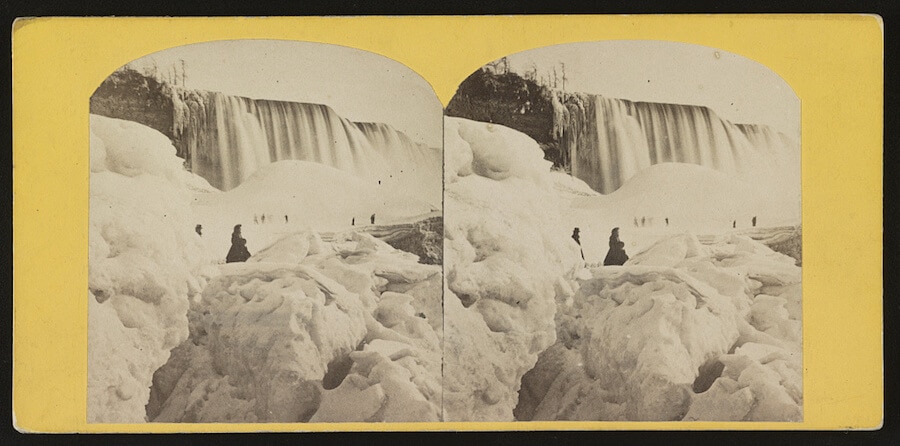
Of course, you’ll want to bundle up before heading out to view a frozen Niagara Falls. Temperatures need to be cold enough to freeze running water before the ice starts to form around the cascades. And, a little bit of snow doesn’t hurt the scenery either.
This story was originally published on January 8, 2018
